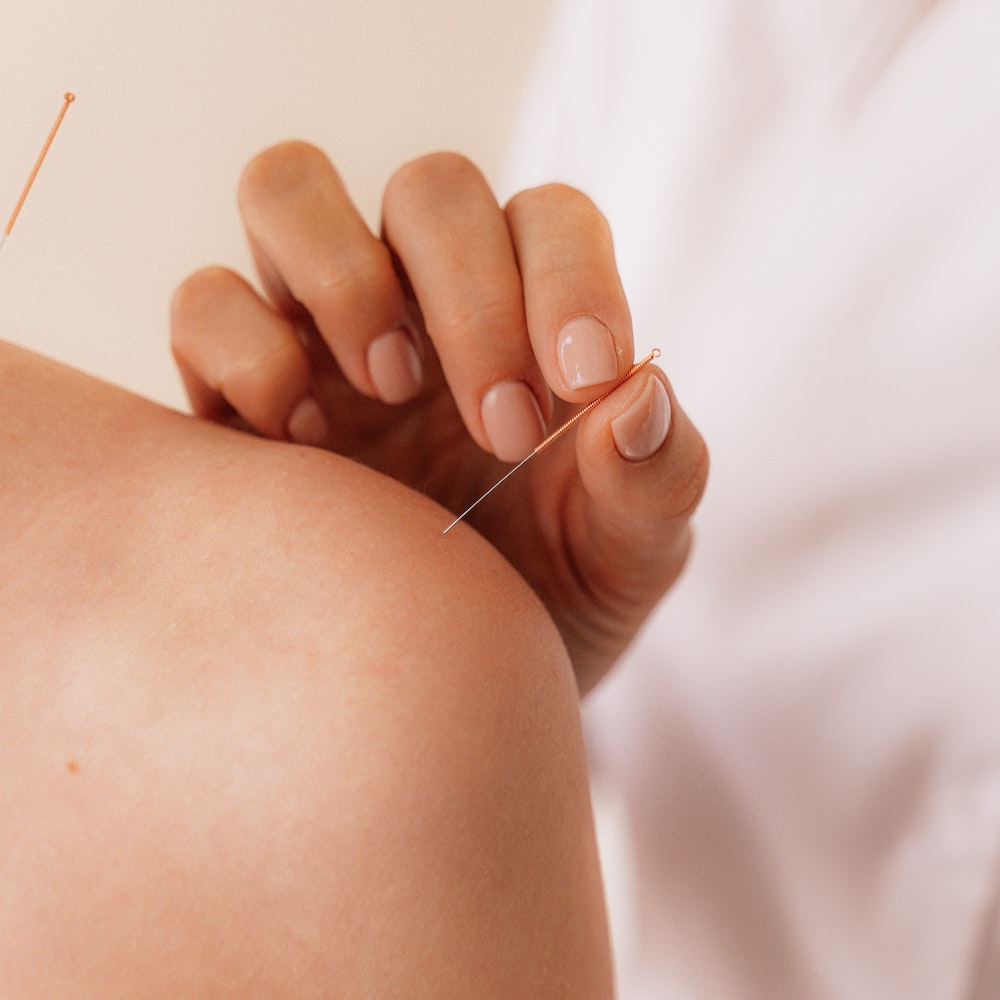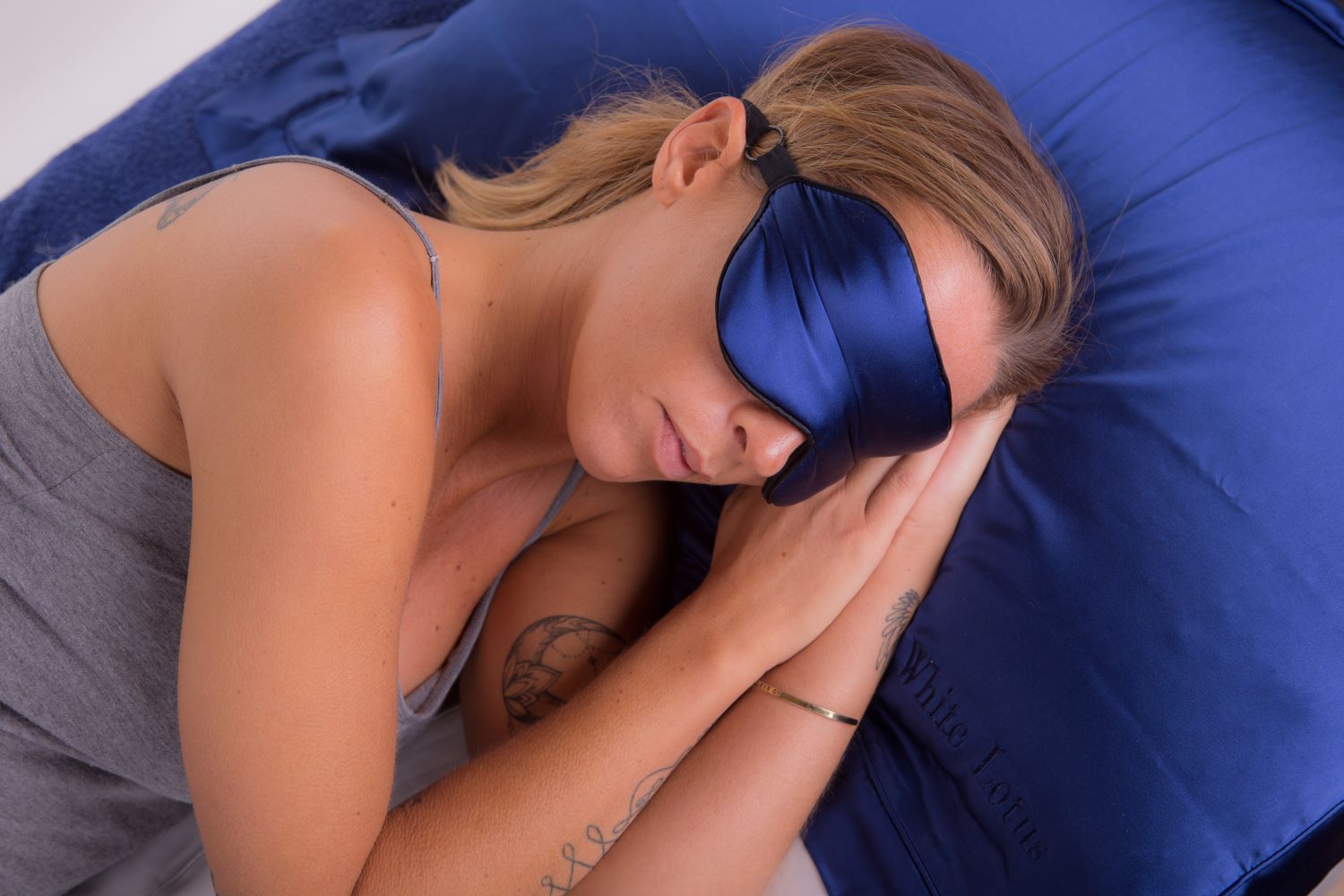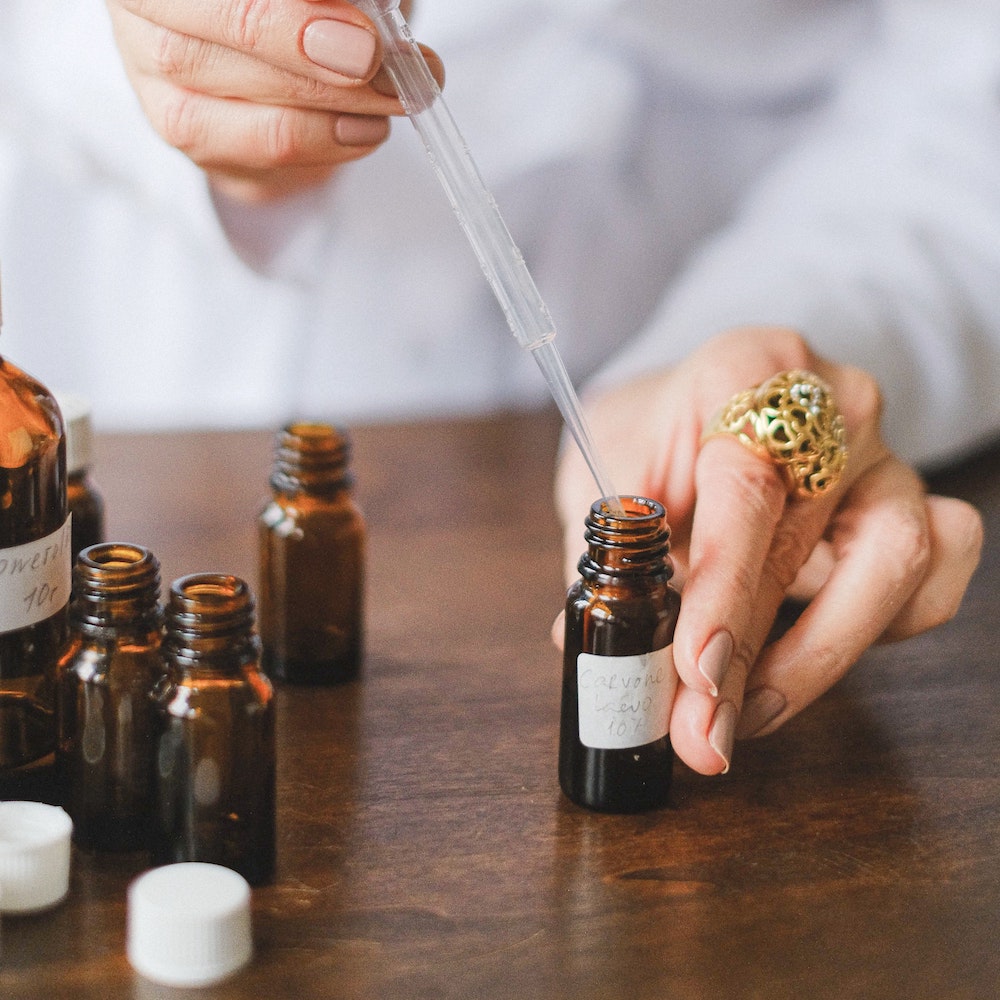
Dry Needling vs Acupuncture
Acupuncture is an ancient system originating in China in which acupuncture needles are placed into specific points on the acupuncture meridians to relieve a variety of health conditions. Dry needling is based on modern western medicine principles, needles are inserted into tight muscles on trigger points to relieve tension and pain.
The acupuncture vs dry needling debate involves many facets which are discussed below.
Is dry needling the same as acupuncture?
No acupuncture requires pre-existing knowledge of the location of acupuncture points and their effects on the body. Dry needling in comparison locates the tight muscles and needles directly into them to release the tension.
So in answer to the question are dry needling and acupuncture the same the answer is definitely not. They share the use of acupuncture needles but their theories of practice and uses are very different.
The term dry needling is a recent phenomenon. It is used to differentiate this form of needling from another modern western medicine needling which injects fluid into the body.

Is trigger point dry needling the same as acupuncture?
Normally acupuncture uses specific acupuncture points on the meridians which are very different to trigger point dry needling. However, for musculoskeletal injuries, acupuncturists will also use what is referred to as ‘ashi’ points or tender points in the muscles. This is very similar to dry needling.
This has become a point of controversy between different groups of practitioners in the USA and elsewhere and their scope of practice.
The term dry needling is originally attributed to Janet G Travell in her book Myofacial Pain and Dysfunction: Trigger Point Manual in 1983. This makes it a far more modern therapy than acupuncture whose practice dates back thousands of years.
Acupuncturists will often claim that dry needling is simply acupuncture rebranded for use by other practitioners. There is some evidence to support this as 92% of the points discussed in Janet G Travell's book correspond with known acupuncture points.
Most scientific evidence supporting the effectiveness of dry needling over placebos is also provided by trials on acupuncture. There is to date very little research on dry needling as a stand-alone practice and evidence from acupuncture trials is actively used to promote the efficacy of dry needling.
It seems unlikely that the 92% correspondence rate is pure coincidence but it is worth noting that Janet never used an acupuncture needle. She considered modern acupuncture needles far too thin to effectively release the muscles and preferred to use a 22-27 gauge hypodermic needle in all her treatments.
This supports the counter-theory that dry needling developed as a variation of trigger point injections with a hypodermic needle.
Yun Tao Ma the founder of integrative systemic dry needling who has been instrumental in the promotion of dry needling acknowledges that dry needling originated in traditional Chinese methods but believes that it has developed significantly enough to be considered a separate modern medical practice.
Importantly both groups would agree on one thing. If no Chinese medicine theory or knowledge of point location or meridians theory is studied then dry needling is not acupuncture as it was originally intended to be practised.
Difference between dry needle and acupuncture needle?
In theory, dry needling can be performed with a variety of different needle types including the filiform needles used in acupuncture and hypodermic needles. In practice, most therapists now use acupuncture needles to perform dry needling as it is more practical and comfortable for their clients.
This appears to work very effectively as does the acupuncture practice of needling ashi points.

Difference between acupuncture and dry needling?
Acupuncture uses specific acupuncture points on well-established meridians to regulate endorphins and benefit a wide variety of conditions in the body. Dry needling is a more recent development and is largely used by physical therapists who needle directly into the body of tense muscles to release tension and relieve pain.
There are several other key differences between dry needling and acupuncture.
Acupuncture is an ancient system that dates back thousands of years. It was and is used to treat the body in a holistic manner. It has been more widely researched in modern times and is now commonly used to treat the following amongst other issues
- muscle aches and pains
- nausea
- menstrual cramping
- headaches and migraines
- depression
- labour-related pain
- vomiting
- knee pain
Dry needling is also known as trigger point dry needling or intramuscular stimulation. It is usually used to treat pain and mobility issues including
- myofascial pain syndrome
- improve flexibility and range of motion
- Deep dry needling may provoke a local twitch response and may work by activating endogenous opioids
This covers the main differences in answer to the question what’s the difference between dry needling and acupuncture. Next, we discuss which is better and how does dry needling compare to other therapies like massage and cupping.
Which one is better Dry Needling or acupuncture?
Acupuncture can assist a wider variety of conditions unrelated to myofascial pain syndrome. Dry needling on the other hand is usually performed by specialists in pain and injury management such as physiotherapists and can be very effective when used as part of pain management.
Acupuncturists usually undergo 3-4 year degree level training purely in acupuncture technique and differential diagnosis using the Chinese medicine system. For this reason, it should be expected that the needling technique may be better though this gap has narrowed with the wider use of guide tubes.
Dry needling on the other hand is usually practised by physiotherapists, chiropractors, remedial therapists, sports therapists, osteopaths and doctors. These groups specialise in muscular pain and injury relief and can bring other specialist knowledge to the treatment of these specific conditions.
Courses in dry needling are less regulated in many countries and the average length of a course in dry needling is 80 hours.
Both can achieve effective results in pain and injury management. Acupuncture has a much wider scope of use than dry needling and so the choice of the practitioner should come down to personal preference and what you are trying to achieve.

Cupping vs dry needling
Cupping creates a vacuum against the skin which can help break up old connective tissue to relieve tension and pain. Dry needling inserts needles directly into trigger points in the muscle to release muscle tension and pain.
It is difficult to compare results between the 2 practices and both can be used together as part of a more holistic approach to pain management, injury or even cosmetic practices.
Dry needling vs massage and deep tissue massage
Dry needling is usually performed by physical therapists such as physiotherapists so is usually performed in conjunction with massage. It can act as an aid to complement the wider treatment and release deeper muscle tension that may not be responding to physical manipulation.
Dry needling vs deep tissue massage is very similar as no matter how deep the massage it cannot necessarily release a trigger point, in the same way, a needle can.
Conclusion: the difference between dry needling and acupuncture?
Both insert small filiform needles into trigger points or ashi points to relieve pain and injury. Acupuncture is part of an ancient system that also uses needles in specific points on meridians for a variety of conditions while dry needling is used solely by physical therapists in conjunction with massage and physical manipulation.
Learn More
Learn Cosmetic Dry Needling
Learn Cosmetic Acupuncture
Compare the White Lotus cosmetic dry needling training to the White Lotus cosmetic acupuncture training


